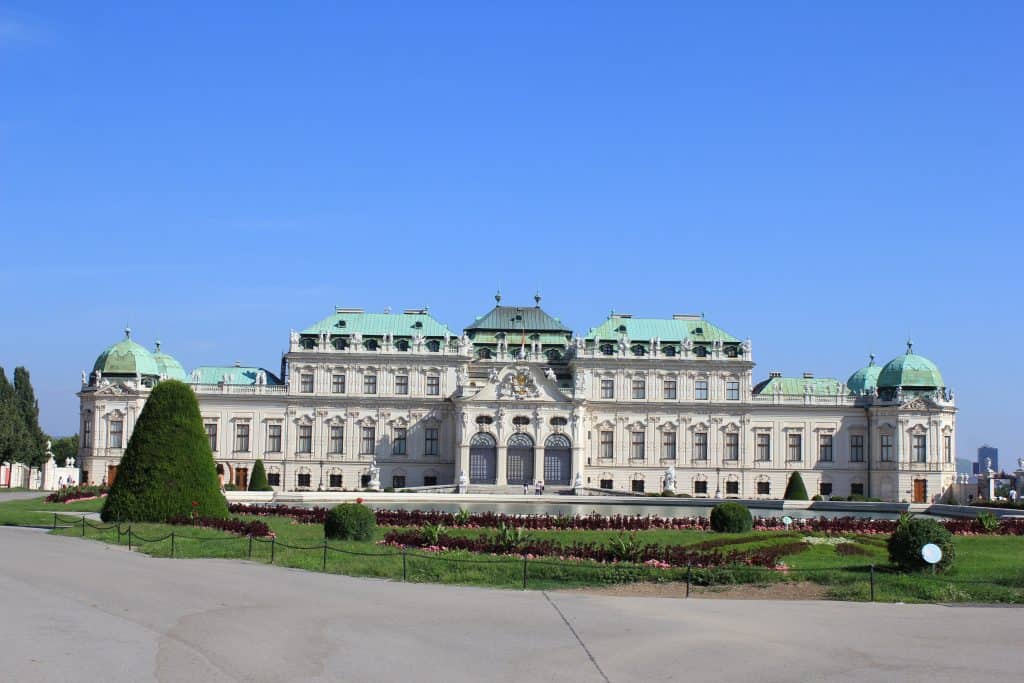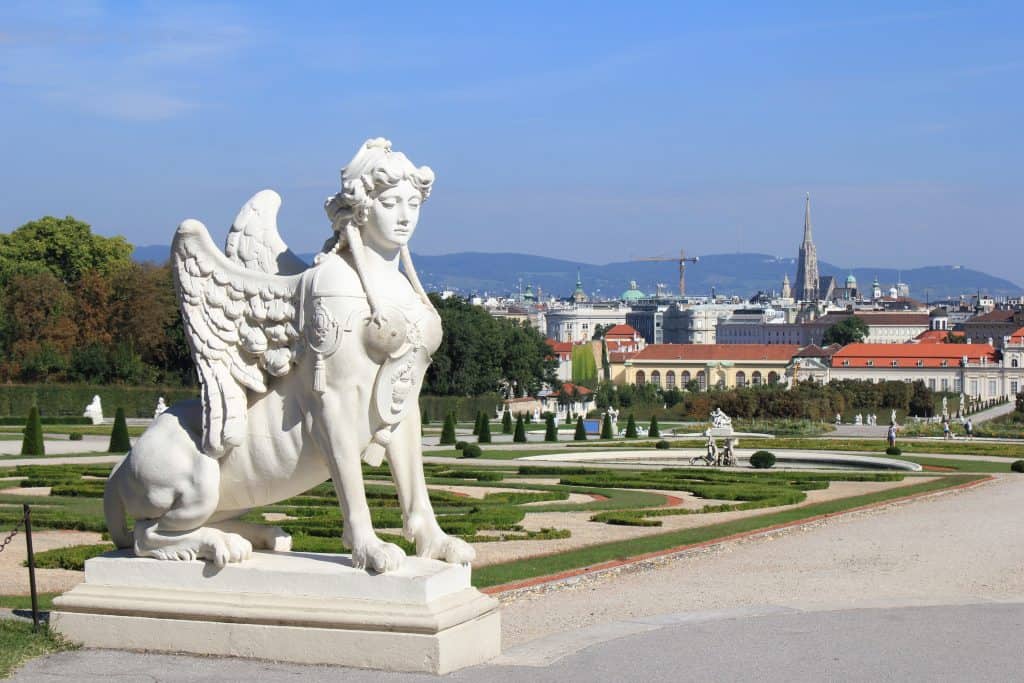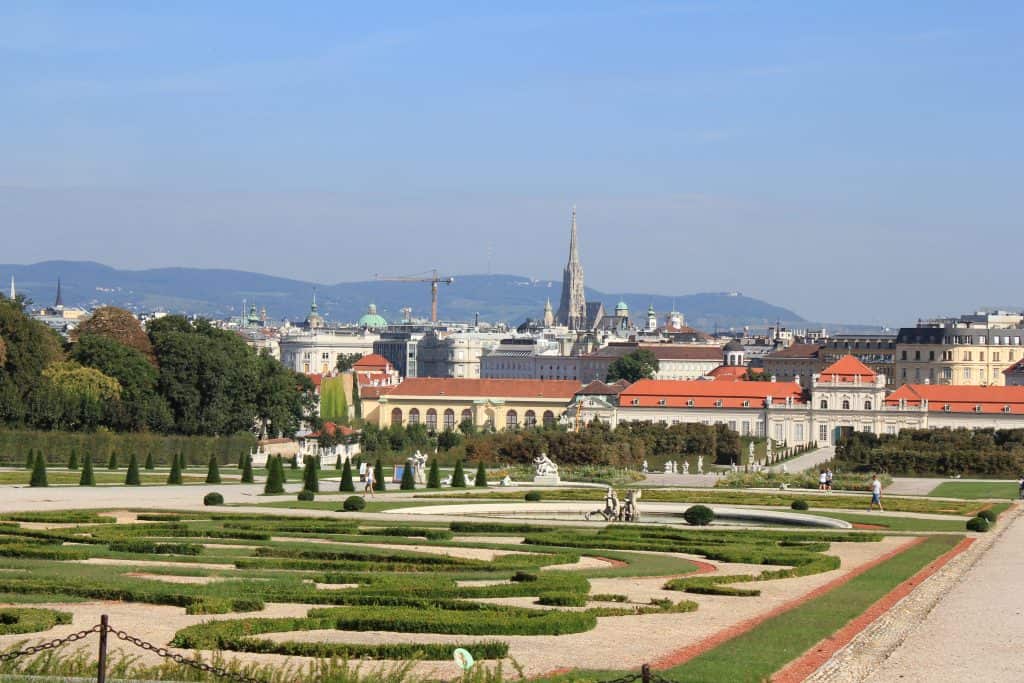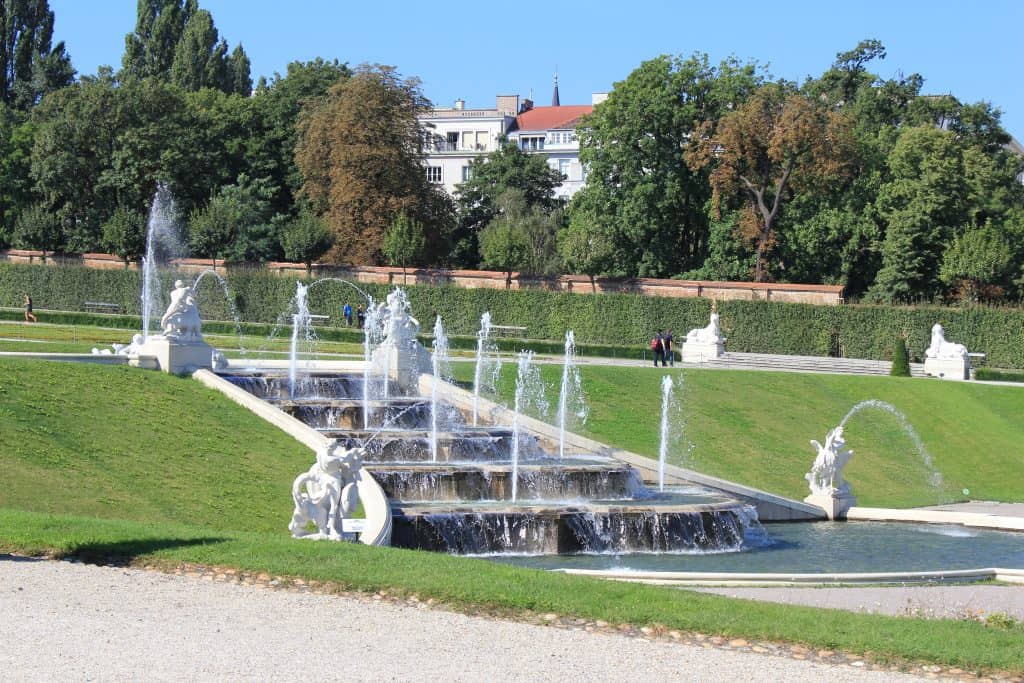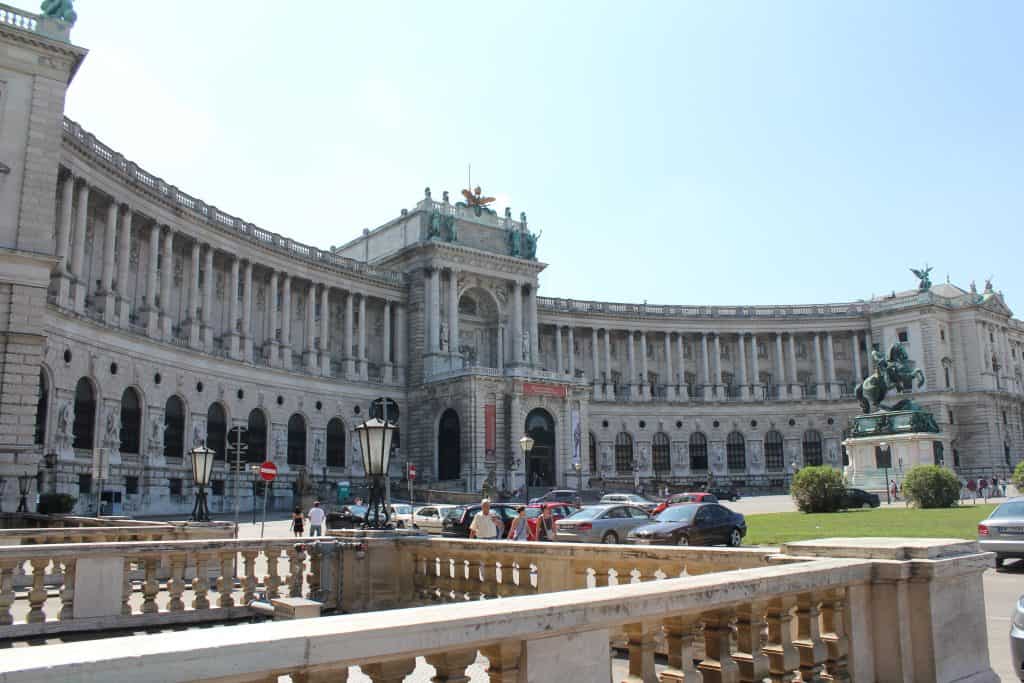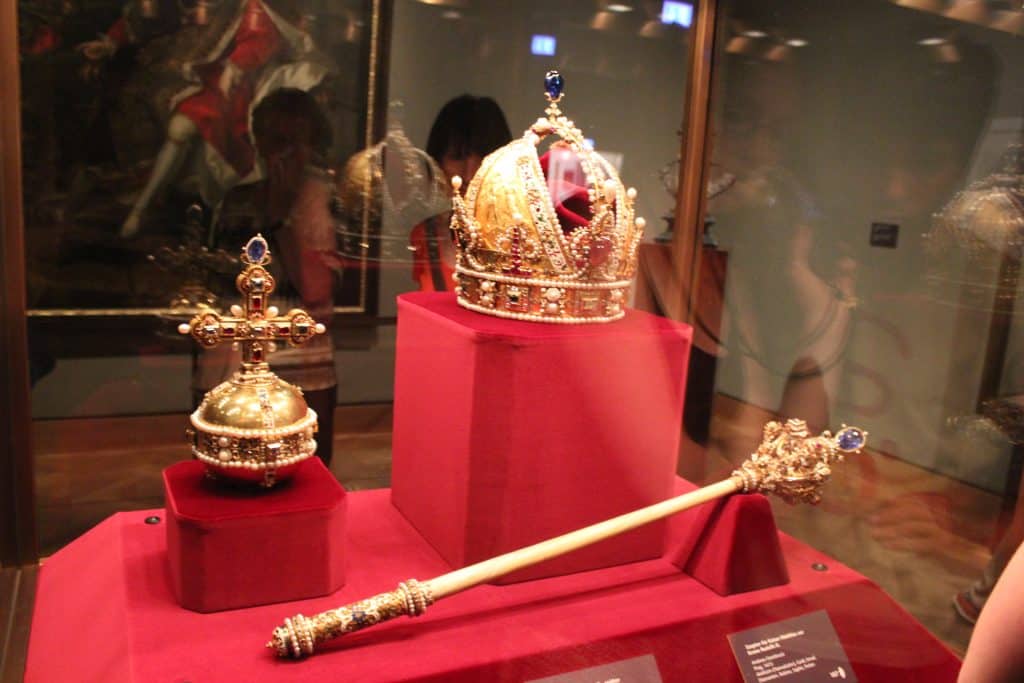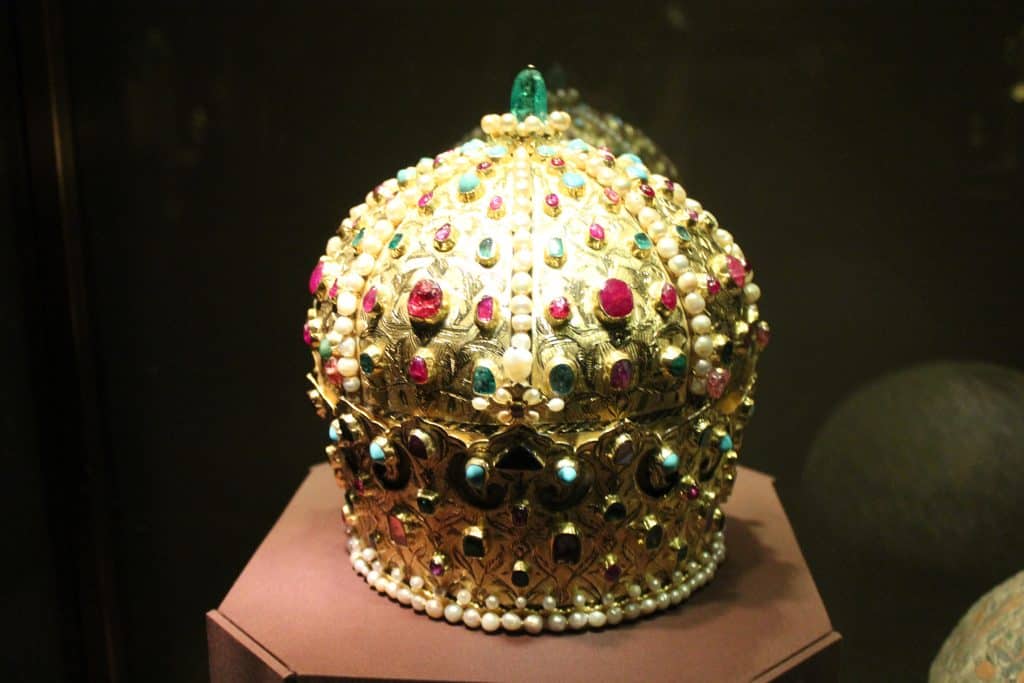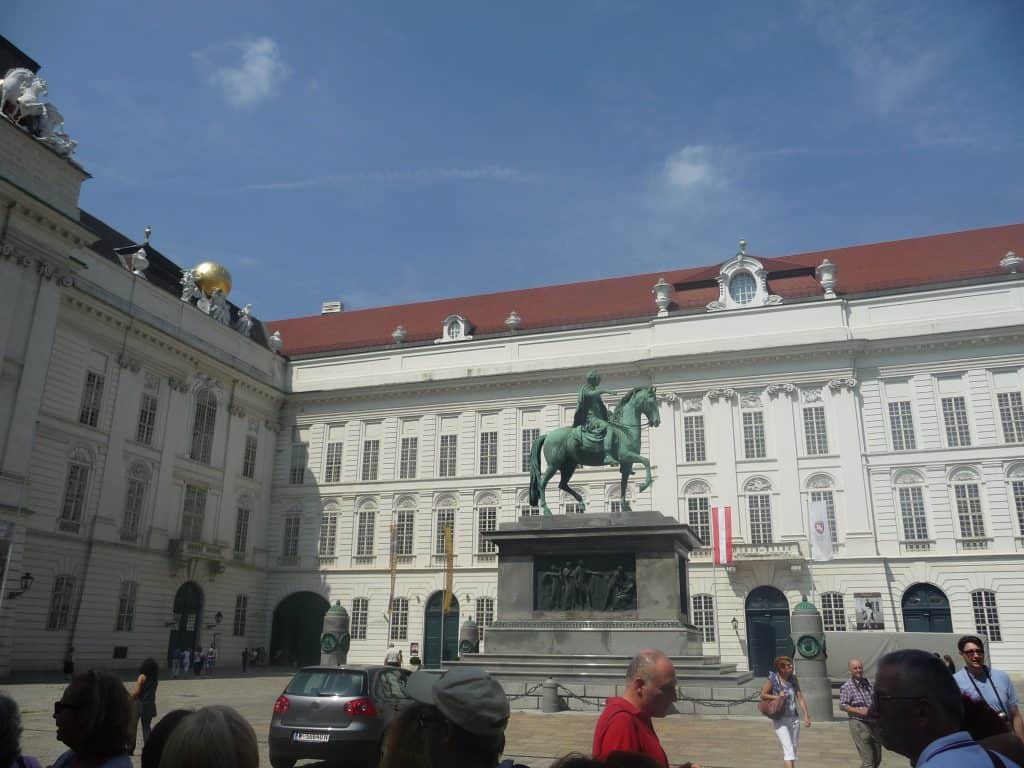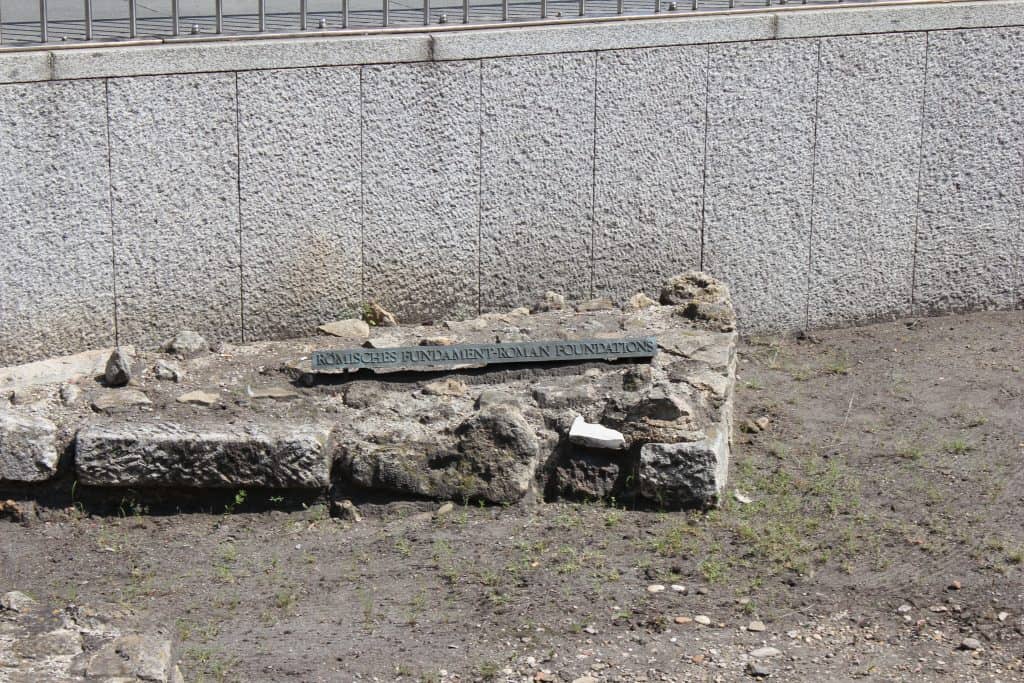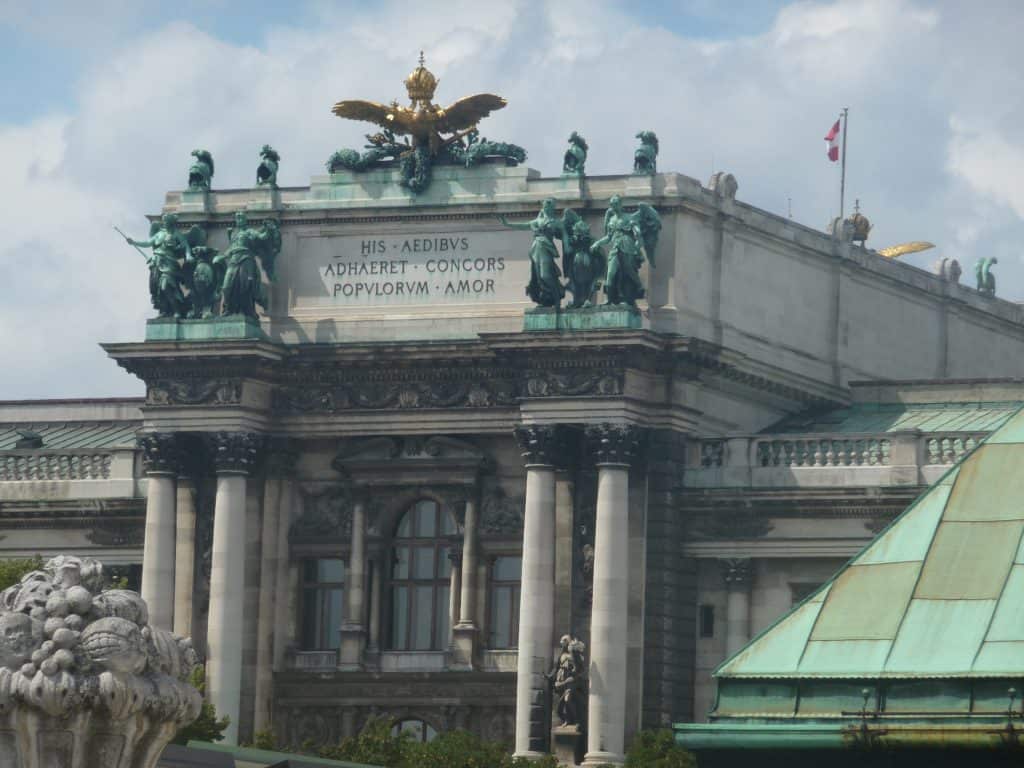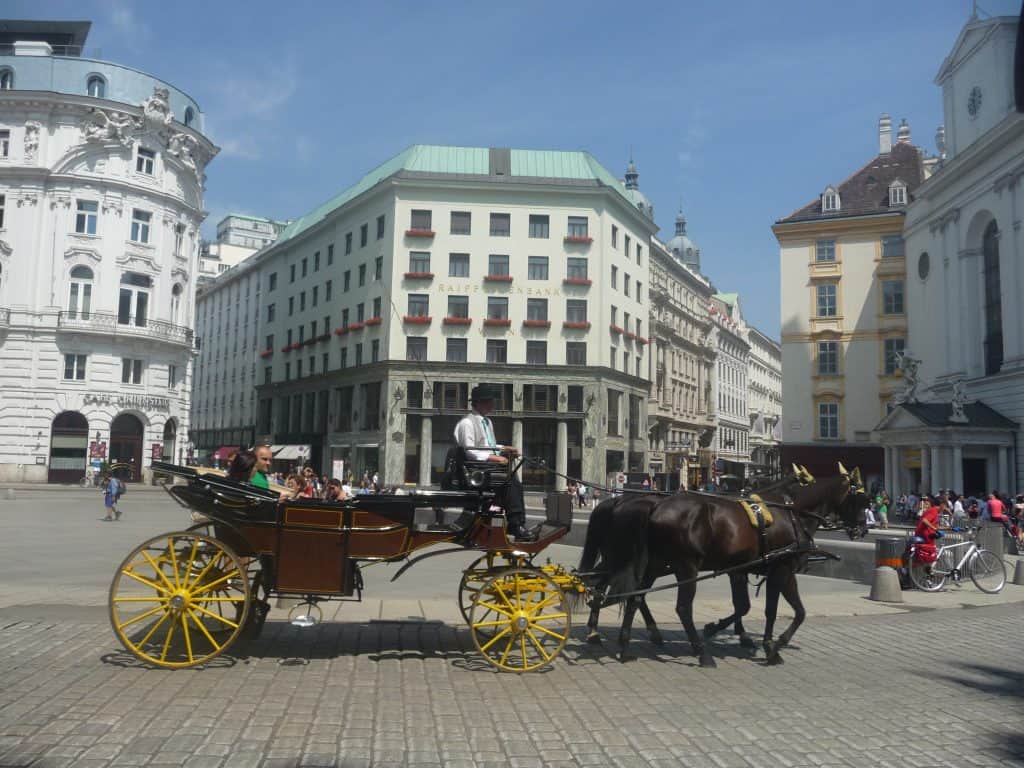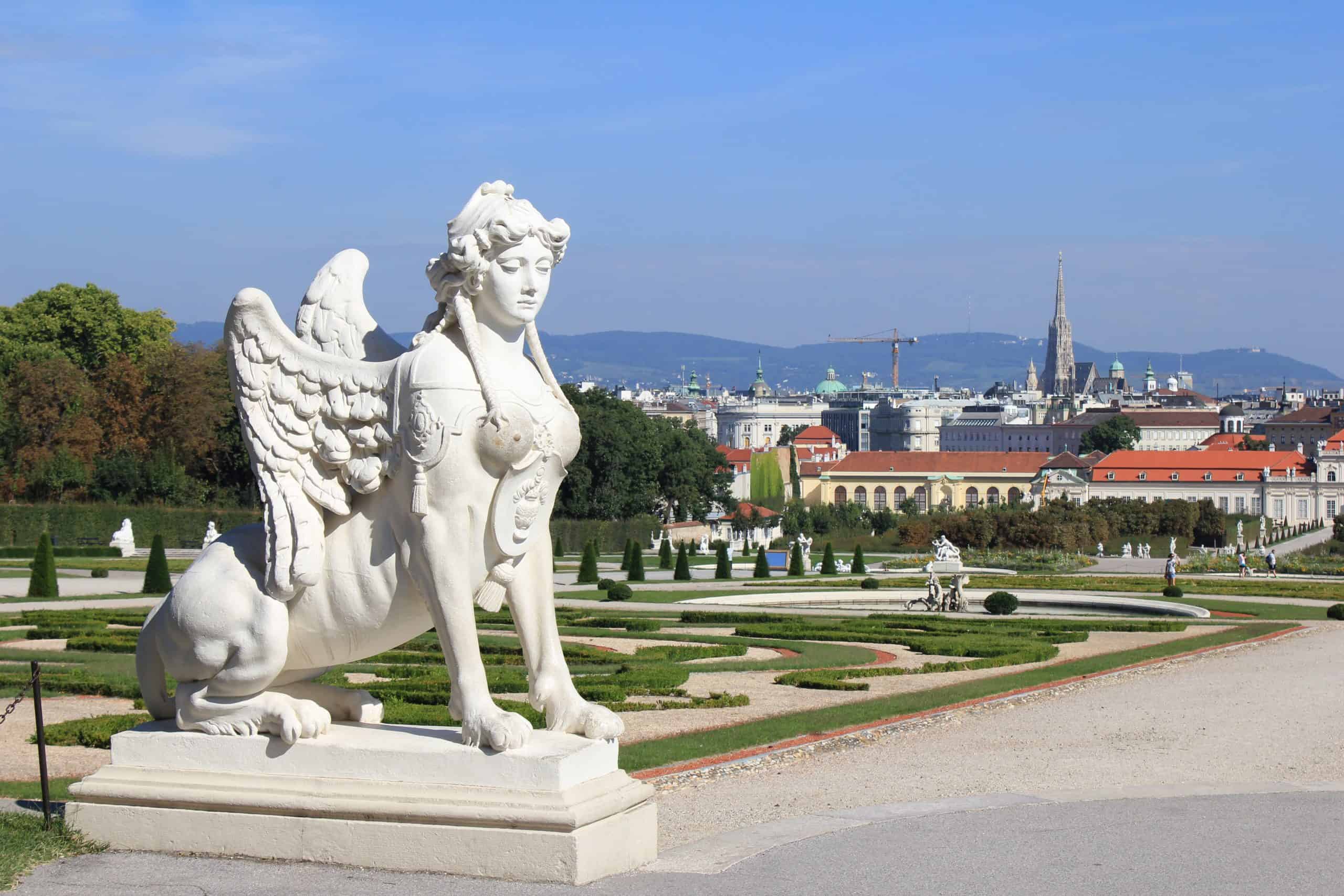
The territory of present-day Vienna was used first as a place of trade and trade of the Celts then became a Roman military camp around which the first settlements of cities were formed.
With the collapse of the Roman Empire the territory was then subject to barbarian raids, until it was incorporated into the domains of Charlemagne for over 250 years. The dynasty expanded its domains and the proximity to the Danube meant that it became a zone of strategic trade. From here began the Habsburg domination that would last six centuries, until 1918. Under their domination there were numerous events such as the spread of the Black Death, a major city fire and even the attempts of invasion by the Ottoman Empire first in 1539 and then in 1683.
The end of the First World War led to the end of the empire and the loss of many territories and great political and social tensions.
Today’s Vienna has about 1 and a half million inhabitants.
The historic core of the city that corresponds to the first district is located within the Ring, a semicircle of wide avenues built in place of the medieval walls and in this district are the most important historical monuments.
Certainly fascinating is the Hofburg, home of the imperial family with beautiful gardens and interiors. In the palace there is also the treasure room where the crown of the Habsburgs is kept.
Also in this area is the Albertina, a museum of graphic art.
Between the centre and the banks of the Danube River is the Schloss Belvedere, an imperial residence that has now become a museum. Here you will find both a collection of paintings from the 1600s and an exhibition of works by local painters such as Klimt with the famous Kiss.
One of the most iconic places in Vienna is certainly the Schönbrunn Palace, the imperial residence of the Habsburgs until 1918. Its fame as well as being given by the excellent state of conservation of the residence and the park, is certainly to be attributed to the charm of the myth of the Empress Elisabeth of Austria called “Sissi”.

